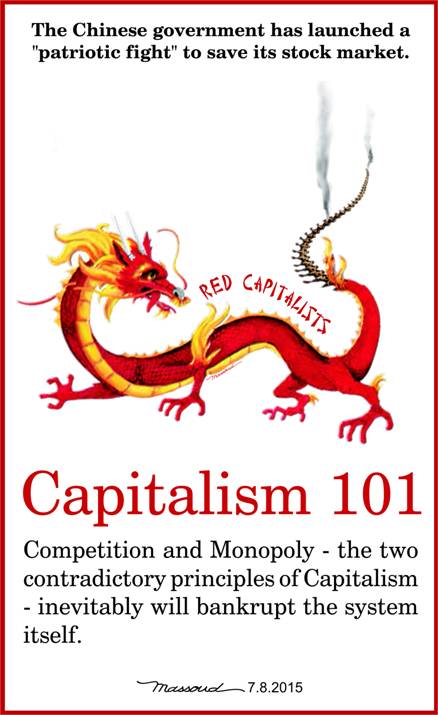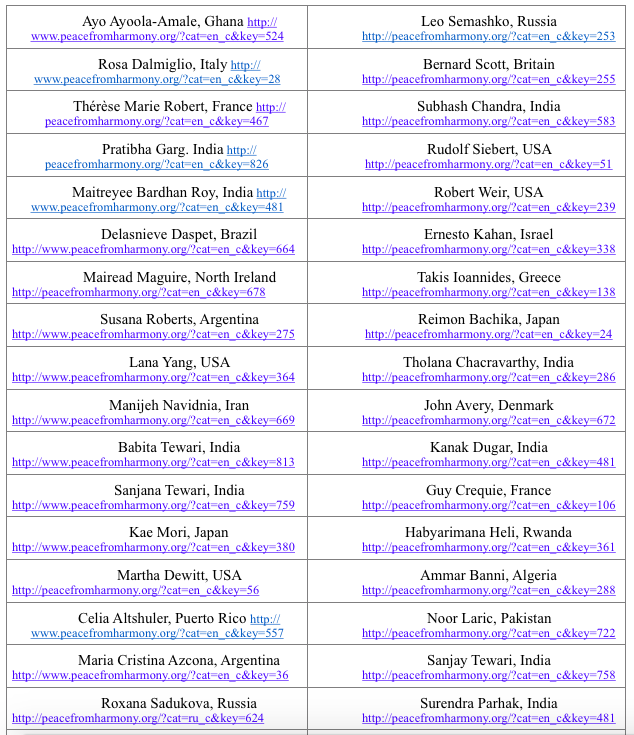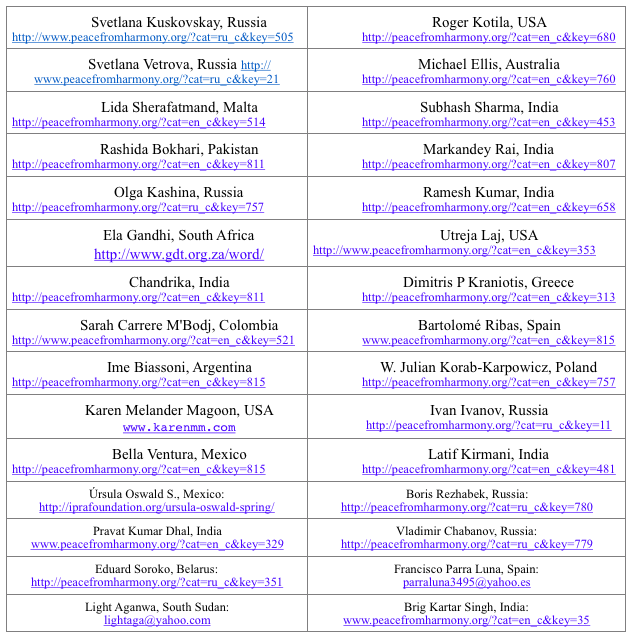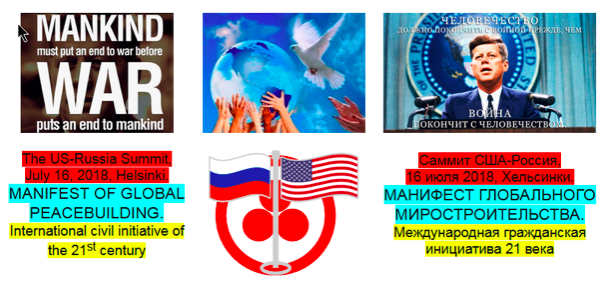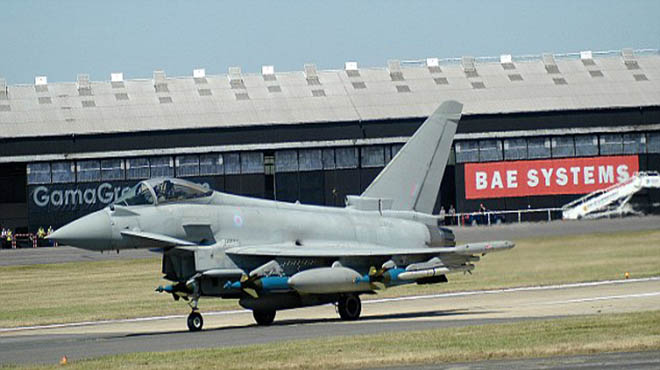Note to readers: please click the share buttons above
Featured image: A massive peace march was held on July 8, 2018, in Managua showing support for the Nicaraguan government. (Source: UK Morning Sun)
There is a great deal of false and inaccurate information about Nicaragua in the media. Even on the left some have simply repeated the dubious claims of CNN and Nicaragua’s oligarchic media to support removal of President Ortega.
This article seeks to correct the record, describe what is happening in Nicaragua and why. As we write this, the coup seems to be failing, people have rallied for peace (as this massive march for peace held Saturday July 7 showed) and the truth is coming out. It is important to understand what is occurring because Nicaragua is an example of the types of violent coups the US and wealthy use to put in place business dominated, neoliberal governments. If people understand these tactics, they will become less effective.
Mixing up the Class Interests
In part, US pundits are getting their information from media outlets, such as Jaime Chamorro-Cardinal’s La Prensa, and the same oligarchical family’s Confidencial, that are the most active elements of the coup media. Repeating and amplifying their narrative delegitimizes the Sandinista government and presents unconditional surrender by Daniel Ortega as the only acceptable option. These pundits provide cover for nefarious internal and external interests who have set their sights on controlling Central America’s poorest and yet resource-rich country.
The coup attempt brought the class divisions in Nicaragua into the open. Piero Coen, the richest man in Nicaragua, owner of all national Western Union operations and an agrochemical company, personally arrived on the first day of protests at the Polytechnic University in Managua, to encourage students to keep protesting, promising his continued support.
The traditional landed oligarchy of Nicaragua, politically led by the Chamorro family, publishes constant ultimatums to the government through its media outlets and finances the roadblocks that have paralyzed the country for the last eight weeks.
The Catholic Church, long allied with the oligarchs, has put its full weight behind creating and sustaining anti-government actions, including its universities, high schools, churches, bank accounts, vehicles, tweets, Sunday sermons, and a one-sided effort to mediate the National Dialogue. Bishops have made death threats against the President and his family, and a priest has been filmed supervising the torture of Sandinistas. Pope Francis has called for peace dialogue, and even called Cardinal Leonaldo Brenes and Bishop Rolando Alvarez to a private meeting in the Vatican, setting off rumors that the Nicaraguan monseñores were being scolded for their obvious involvement in the conflict they are officially mediating. The church remains one of the few pillars keeping the coup alive.
A common claim is Ortega has cozied up to the traditional oligarchy, but the opposite is true. This is the first government since Nicaraguan independence that does not include the oligarchy. Since the 1830s through the 1990s, all Nicaraguan governments– even during the Sandinista Revolution– included people from the elite “last names,” of Chamorro, Cardenal, Belli, Pellas, Lacayo, Montealegre, Gurdián. The government since 2007 does not, which is why these families are supporting the coup.
Ortega detractors claim his three-part dialogue including labor unions, capitalists and the State is an alliance with big business. In fact, that process has yielded the highest growth rate in Central America and annual minimum wage increases 5-7% above inflation, improving workers’ living conditions and lifting people out of poverty. The anti-poverty Borgen project reports poverty fell by 30 percent between 2005 and 2014.
The Ortega economy is the opposite of neoliberalism, it is based on public investment and strengthening the safety net for the poor. The government invests in infrastructure, transit, maintains water and electricity within the public sector, and moved privatized services. e.g., health care and primary education into the public sector. This has ensured a stable economic structure that favors the real economy over the speculative economy.
What liberal and even leftists commentators overlook is that unlike the Lula government in Brazil, which reduced poverty through cash payouts to poor families, Nicaragua has redistributed productive capital in order to develop a self-sufficient popular economy. The FSLN model is better understood as an emphasis on the popular economy over the State or capitalist spheres.
While the private sector employs about 15% of Nicaraguan workers, the informal sector employs over 60%. The informal sector has benefitted from $400 million in public investments, much of it coming from the ALBA alliance funds to finance micro loans for small and medium-sized agricultural enterprises. Policies to facilitate credit, equipment, training, animals, seeds and subsidized fuel further support these enterprises. The small and medium producers of Nicaragua have led the country to produce 80-90% of its food and end its dependence on IMF loans.
As such, workers and peasants– many of whom are self-employed and who accessed productive capital through the Sandinista Revolution and ensuing struggles– represent an important political subject of the stable, postwar social development of the last decade, including the hundreds of thousands of peasant farmers who have received land title and the nearly one-quarter of the national territory that has been given collective title as territory of indigenous nations. The social movements of workers, peasants, and indigenous groups were the base of popular support that brought the FSLN back into power.
Land titling, and assistance to small businesses have also emphasized equality for women, resulting in Nicaragua having the lowest level of gender inequality in Latin America and ranked 12 out of 145 countries in the world, just behind Germany.
Over time, the FSLN government has incorporated this massive self-employed sector, as well as maquiladora workers (i.e. textile workers in foreign-owned plants located in free trade zones created by previous neoliberal governments), into the health care and pension system, causing the financial commitments to grow which required a new formula to ensure fiscal stability. The proposed reforms to Social Security were the trigger for the private sector and student protests on April 18th. The business lobby called for the protests when Ortega proposed increasing employer contributions by 3.5% to pension and health funds, while only slightly increasing worker contributions by 0.75% and shifting 5% of pensioners’ cash transfer into their health care fund. The reform also ended a loophole which allowed high-income individuals to claim a low income in order to access health benefits.
This was a counter-proposal to the IMF proposal to raise the retirement age and more than double the number of weeks that workers would need to pay into the pension fund in order to access benefits. The fact the government felt strong enough to deny the IMF and business lobby’s austerity demands was a sign that the bargaining strength of private capital has declined, as Nicaragua’s impressive economic growth, a 38% increase in GDP from 2006-2017, has been led by small-scale producers and public spending. However, the opposition used manipulative Facebook ads presenting the reform as an austerity measure, plus fake news of a student death on April 18th, to generate protests across the country on April 19th. Immediately, the regime change machine lurched into motion.
The National Dialogue shows the class interests in conflict. The opposition’s Civic Alliance for Justice and Democracy has as its key figures: José Adan Aguirre, leader of the private business lobby; Maria Nelly Tellez, director of Cargill in Nicaragua and head of the US-Nicaragua Chamber of Commerce; the private university students of the April 19th Movement; Michael Healy, manager of a Colombian sugar corporation and head of the agribusiness lobby; Juan Sebastian Chamorro, who represents the oligarchy dressed as civil society; Carlos Tunnermann, 85-year-old ex-Sandinista minister and ex-chancellor of the National University; Azalea Solis, head of a US government-funded feminist organization; and Medardo Mairena, a “peasant leader” funded by the US government, who lived 17 years in Costa Rica before being deported in 2017 for human trafficking. Tunnermann, Solis and the April 19th students are all associated with the Movement for Renovation of Sandinismo (MRS), a tiny Sandinista offshoot party that nonetheless merits special attention.
In the 1980s, many of the Sandinista Front’s top level cadre were in fact the children of some of the famous oligarchic families, such as the Cardenal brothers and part of the Chamorro family, in charge of the revolutionary government’s ministries of Culture and Education and its media, respectively. After FSLN’s election loss in 1990, the children of the oligarchy staged an exodus from the party. Along with them, some of the most notable intellectual, military and intelligence cadre left and formed, over time, the MRS. The new party renounced socialism, blamed all of the mistakes of the Revolution on Daniel Ortega and over time took over the sphere of non-governmental organizations (NGOs) in Nicaragua, including feminist, environmentalist, youth, media and human rights organizations.
Since 2007, the MRS has become increasingly close with the extreme right-wing of the US Republican Party. Since the outbreak of violence in April, many if not most of the sources cited by Western media (including, disturbingly, Amy Goodman’s Democracy Now!), come from this party, which has the support of less than 2% of the Nicaraguan electorate. This allows the oligarchs to couch their violent attempt to reinstall neoliberalism in leftist-sounding discourse of former Sandinistas critical of the Ortega government.
It is a farce to claim that workers and peasants are behind the unrest. La Vía Campesina, the National Union of Farmers and Ranchers, the Association of Rural Workers, the National Workers’ Front, the indigenous Mayangna Nation and other movements and organizations have been unequivocal in their demands for an end to the violence and their support for the Ortega government. This unrest is a full-scale regime change operation carried out by media oligarchs, a network of NGOs funded by the US government, armed elements of elite landholding families and the Catholic Church, and has opened the window for drug cartels and organized crime to gain a foothold in Nicaragua.
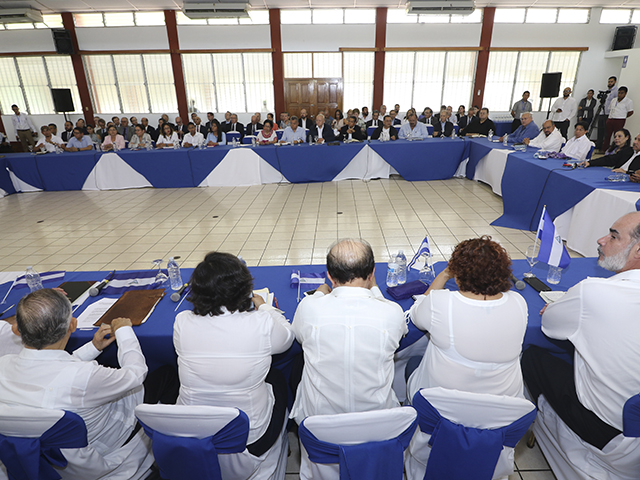
Nicargua meeting of the National Dialogue for Peace by Óscar Sánchez.
The Elephant in the Room
Which brings us to US government involvement in the violent coup.
As Tom Ricker reported early in this political crisis, several years ago the US government decided that rather than finance opposition political parties, which have lost enormous legitimacy in Nicaragua, it would finance the NGO civil society sector. National Endowment for Democracy (NED) gave more than $700,000 to build the opposition to the government in 2017, and has granted more than $4.4 million since 2014. The overarching purpose of this funding was to “provide a coordinated strategy and media voice for opposition groups in Nicaragua.” Ricker continues:
“The result of this consistent building and funding of opposition resources has been to create an echo chamber that is amplified by commentators in the international media – most of whom have no presence in Nicaragua and rely on these secondary sources.”
NED founding father, Allen Weinstein, described NED as the overt CIA saying,
“A lot of what we do today was done covertly 25 years ago by the CIA.”
In Nicaragua, rather than the traditional right-wing, NED funds the MRS-affiliated organizations which pose left-sounding critiques of the Sandinista government. The regime change activists use Sandinista slogans, songs and symbols even as they burn historic monuments, paint over the red-and-black markers of fallen martyrs, and physically attack members of the Sandinista party.
Of the opposition groups in the National Dialogue, the feminist organization of Azalea Solis and the peasant organization of Medardo Mairena are financed through NED grants, while the April 19th students stay in hotels and make trips paid for by Freedom House, another regime change organ funded by NED and USAID. NED also finances Confidencial, the Chamorro media organization. Grants from NED finance the Institute of Strategic Studies and Public Policy (IEEPP), whose Executive Director, Felix Maradiaga, is another MRS cadre very close to the US Embassy. In June, Maradiaga was accused of leading a criminal network called Viper which, from the occupied UPOLI campus, organized carjackings, arsons and murders in order to create chaos and panic during the months of April and May.
Maradiaga grew up in the United States and became a fellow of the Aspen Leadership Institute, before studying public policy at Harvard. He was a secretary in the Ministry of Defense for the last liberal president, Enrique Bolaños. He is a Young Global Leader at the World Economic Forum and in 2015, the Chicago Council on Global Affairs gave him the Gus Hart Fellowship, past recipients of which include Cuban dissident Yoani Sánchez and Henrique Capriles Radonski, the Venezuelan opposition leader who attacked the Cuban embassy during the coup attempt of 2002.
Remarkably, Maradiaga is not the only leader of the coup attempt who is part of the Aspen World Leadership Network. Maria Nelly Rivas, director in Nicaragua of US corporate giant Cargill, is one of the main spokespersons for the opposition Civic Alliance. Rivas, who currently also heads the US-Nicaragua Chamber of Commerce, is being groomed as a possible presidential candidate in the next elections. Beneath these US-groomed leaders, there is a network of over 2,000 young people who have received trainings with NED funds on topics such as social media skills for democracy defense. This battalion of social media warriors was able to immediately shape and control public opinion in Facebook in the five days from April 18th to 22nd, leading to spontaneous violent protests across the country.
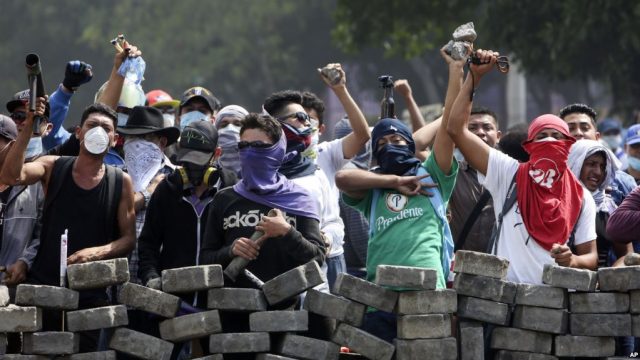
Protesters yell from behind the roadblock they erected as they face off with security forces near the University Politecnica de Nicaragua in Managua, Nicaragua, April 21, 2018. Source: Voice of America
On the Violence
One of the ways in which reporting on Nicaragua has ventured farthest from the truth is calling the opposition “nonviolent.” The violence script, modeled on the 2014 and 2017 guarimba protests in Venezuela, is to organize armed attacks on government buildings, entice the police to send in anti-riot squads, engage in filmed confrontations and publish edited footage online claiming that the government is being violent against nonviolent protesters.
Over 60 government buildings have been burned down, schools, hospitals, health centers attacked, 55 ambulances damaged, at least $112 million in infrastructure damage, small businesses have been closed, and 200,000 jobs lost causing devastating economic impact during the protests. Violence has included, in addition to thousands of injuries, 15 students and 16 police officers killed, as well as over 200 Sandinistas kidnapped, many of them publicly tortured. Violent opposition atrocities were misreported as government repression. While it is important to defend the right of the public to protest, regardless of its political opinions, it is disingenuous to ignore that the opposition’s strategy requires and feeds upon violence and deaths.
National and international news claim deaths and injuries due to “repression” without explaining the context. The Molotov cocktails, mortar-launchers, pistols, and assault rifles used by opposition groups are ignored by the media, and when Sandinista sympathizers, police or passers-by are killed, they are falsely counted as victims of state repression. Explosive opposition claims like massacres of children and murders of women have been shown to be false, and the cases of torture, disappearances and extrajudicial executions by police forces have not been corroborated by evidence or due process.
While there is evidence to support the opposition claim of sniper fire killing protesters, there is no logical explanation for the State using snipers to add to the death toll, and counter-protesters have also been victims of sniper fire, suggesting a “third party” provocateur role in the destabilizing violence. When an entire Sandinista family was burned to death in Managua, the opposition media all cited a witness who claimed that the police had set fire to the home, despite the house being in a neighborhood barricaded off from police access.
The National Police of Nicaragua has been long-recognized for its model of community policing (in contrast to militarized police in most Central American countries), its relative lack of corruption, and its mostly female top brass. The coup strategy has sought to destroy public trust in the police through egregious use of fake news, such as the many false claims of assassinations, beatings, torture, and disappearances in the week from April 17th to 23rd. Several young people whose photos were carried in opposition rallies as victims of police violence have turned out to be alive and well.
The police have been wholly inadequate and underprepared for armed confrontations. Attacks on several public buildings on the same night and the first major arson attacks led government workers to hold vigils with barrels of water and, often, sticks and stones, to fend off attackers. The opposition, frustrated at not achieving more police conflicts, began to build roadblocks across the country and burning the homes of Sandinistas, even shooting and burning Sandinista families in atrocious hate crimes. In contrast to La Prensa’s version of events, Nicaraguans have felt the distinct lack of police presence, and the loss of safely in their neighborhoods, while many were targeted by violence.
Since May, the strategy of the opposition has been to build armed roadblocks across the country, closing off transport and trapping people. The roadblocks, usually built with large paving stones, are manned by between 5 and 100 armed men with bandannas or masks. While the media reports on idealistic young people running roadblocks, the vast majority of roadblocks are maintained by paid men who come from a background of petty crime. Where large areas of cities and towns are blocked off from government and police forces, drug-related activities intensify, and drug gangs now control many of the roadblocks and pay the salaries.
These roadblocks have been the centers of violence, workers who need to pass through roadblocks are often robbed, punched, insulted, and, if suspected of being Sandinistas, tied up, stripped naked, tortured, painted in blue-and-white, and sometimes killed. There are three cases of people dying in ambulances unable to pass roadblocks, and one case of a 10-year-old girl being kidnapped and raped at the roadblock in Las Maderas. When organized neighbors or the police clear roadblocks, the armed groups run away and regroup to burn buildings, kidnap or injure people in revenge. All of the victims that this violence produces are counted by the mainstream media as victims of repression, a total falsehood.
The Nicaraguan government has confronted this situation by largely keeping police off the streets, to prevent encounters and accusations of repression. At the same time, rather than simply arrest violent protestors, which certainly would have given the opposition the battle deaths it craves, the government called for a National Dialogue, mediated by the Catholic Church, in which the opposition can bring forward any proposal for human rights and political reform. The government created a parliamentary Truth and Peace Commission and launched an independent Public Ministry query.
As a result, a process of organizing self-defense developed. Families who have been displaced, young people who have been beaten, robbed or tortured, and veterans of the 1979 insurrection and/or the Contra War, hold vigil round the Sandinista Front headquarters in each town. In many places they built barricades against opposition attacks and have been falsely labeled paramilitary forces in the media. In the towns that do not have such community-organized barricades, the human toll from opposition violence is much greater. The National Union of Nicaraguan Students has been particularly targeted by opposition violence. A student delegate of the National Dialogue, Leonel Morales, was kidnapped, shot in the abdomen and thrown into a ditch to die in June, to sabotage the dialogue and punish him for challenging the April 19th students’ right to speak on behalf of all Nicaraguan students.
There have been four major opposition rallies since April, directed toward mobilizing the upper-middle class Nicaraguans who live in the suburbs between Managua and Masaya. These rallies featured a who’s-who of high society, including beauty queens, business owners and oligarchs, as well as university students of the April 19th Movement, the moral high-ground for the opposition.
Three months into the conflict, none of the mortal victims have been bourgeois. All have come from the popular classes of Nicaragua. Despite claims of total repression, the bourgeois feels perfectly safe to participate in public protests by day — although the last daytime rally ended in a chaotic attack by protesters against squatters on a property of, curiously enough, Piero Coen, Nicaragua’s richest man. The nighttime armed attacks have generally been carried out by people who come from poor neighborhoods, many of whom are paid two to four times the minimum daily wage for each night of destruction.
Unfortunately, most Nicaraguan human rights organizations are funded by NED and controlled by the Movement for Sandinista Renovation. These organizations have accused the Nicaraguan government of dictatorship and genocide throughout Ortega’s presidency. International human rights organizations, including Amnesty International have been criticized for their one-sided reports, which include none of the information provided by the government or individuals who identify as Sandinistas.
The government invited the Inter-American Commission on Human Rights (IACHR) of the OAS, a Washington-based entity notoriously unfriendly to leftist governments, to investigate the violent events of April and determine whether repression had occurred. The night of a controversial skirmish in the highway outside the Agrarian University in Managua ended a negotiated 48-hour truce, IACHR Director Paulo Abrao visited the site to declare his support for the opposition. The IACHR ignored the opposition’s widespread violence and only reported on the defensive violence of the government. Not only was it categorically rejected by Nicaraguan chancellor Denis Moncada as an “insult to the dignity of the Nicaraguan people,” a resolution approving the IACHR report was supported by only ten out of 34 countries.
Meanwhile, the April 19th Movement, made up of current or former university students in favor of regime change, sent a delegation to Washington and managed to alienate much of Nicaraguan society by grinning into the camera with far-right interventionist members of the US Congress, including Rep. Ileana Ros Lehtinen, Sen. Marco Rubio and Sen. Ted Cruz. M19 leaders also cheered Vice-President Mike Pence’s bellicose warnings that Nicaragua is on the short list of countries that will soon know the Trump Administration’s meaning of freedom, and met with the ARENA party of El Salvador, known for its links to the death squads that murdered liberation theologist Archbishop Oscar Romero. Within Nicaragua, the critical mass of students stopped demonstrating weeks ago, the large civic protests of April and May have dwindled, and the same-old familiar faces of Nicaraguan right wing politics are left holding the bill for massive material damage and loss of life.
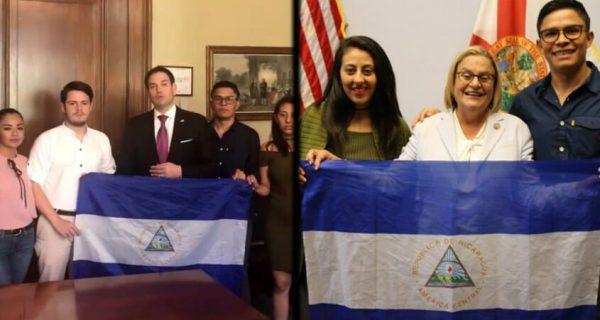
Nicaraguan students meet with right-wing Republicans, Sen. Marco Rubio and Rep. Ileana Ros Lehtinen in Washington, DC. Source Twitter Truthdig.
Why Nicaragua?
Ortega won his third term in 2016 with 72.4 percent of the vote with 66 percent turnout, very high compared to US elections. Not only has Nicaragua put in place an economy that treats the poor as producers, with remarkable results raising their standard of living in 10 years, but it also has a government that consistently rejects US imperialism, allying with Cuba, Venezuela, and Palestine, and voices support for Puerto Rican independence and a peaceful solution to Korean crisis. Nicaragua is a member of member of Bolivarian Alliance of the Americas and the Community of Latin American and Caribbean States, a Latin American alternative to the OAS, neither include the US or Canada. It has also allied with China for a proposed canal project and Russia for security cooperation. For all of these reasons the US wants to install a US-friendly Nicaraguan government.
More important is the example Nicaragua has set for a successful social and economic model outside the US sphere of domination. Generating over 75% of its energy from renewable sources, Nicaragua was the only country with the moral authority to oppose the Paris Climate Agreement as being too weak (it later joined the treaty one day after Trump pulled the US out, stating “we opposed the Paris agreement out of responsibility, the US opposes it out of irresponsibility”). The FMLN government of El Salvador, while less politically dominant than the Sandinista Front, has taken the example of good governance from Nicaragua, recently prohibiting mining and the privatization of water. Even Honduras, the eternal bastion of US power in Central America, showed signs of a leftward shift until the US-supported military coup in 2009. Since then, there has been massive repression of social activists, a clearly stolen 2017 election, and Honduras has permitted the expansion of US military bases near the Nicaraguan border.
In 2017, the US House of Representatives unanimously passed the Nicaraguan Investment Conditionality Act (NICA Act), which if passed by the Senate will force the US government to veto loans from international institutions to the Nicaraguan government. This US imperialism will cripple Nicaragua’s ability to build roads, update hospitals, construct renewable energy plants, and transition from extensive livestock raising to integrated animal-forestry systems, among other consequences. It may also signify the end of many popular social programs, such as subsidized electricity, stable bus fares, and free medical treatment of chronic diseases.
The US Executive Branch has used the Global Magnitsky Act to target the finances of leaders of the Electoral Supreme Court, the National Police, the city government of Managua and the ALBA corporation in Nicaragua. Police officers and public health bureaucrats have been told their US visas have been revoked. The point, of course, is not whether these officials have or have not committed acts that merit their reprimand in Nicaragua, but whether the US government should have the jurisdiction to intimidate and corner public officials of Nicaragua.
While the sadistic violence continues, the strategy of the coup-mongers to force out the government has failed. The resolution of the political crisis will come through elections, and the FSLN is likely to win those elections, barring a dramatic and unlikely new offensive by the right-wing opposition.
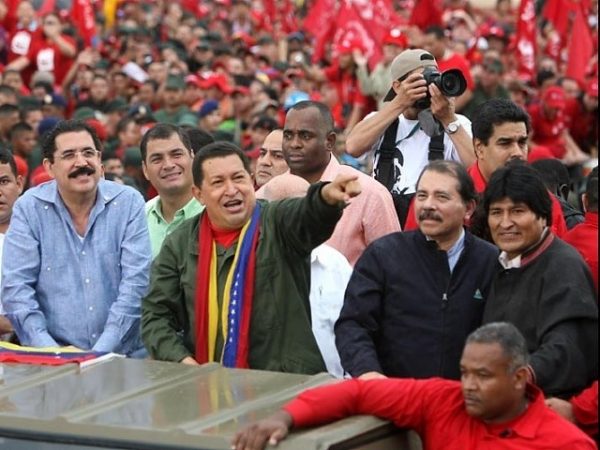
Latin American Presidents Zelaya (Honduras), Correa (Ecuador), Chavez (Venezuela), Ortega (Nicaragua), and Morales (Bolivia) celebrate Correa’s inauguration for a second term, in Quito, Ecuador. (Prensa Presidencial)
An Upside Down Class War
It is important to understand the nature of US and oligarch coups in this era and the role of media and NGO deception because it is repeated in multiple Latin American and other countries. We can expect a similar attack on recently elected Andrés Manuel López Obrador in Mexico, if he seeks the changes he has promised.
The US has sought to dominate Nicaragua since the mid-1800s. The wealthy in Nicaragua have sought return of US-allied governance since the Sandinistas rose to power. This failing coup does not mean the end of their efforts or the end of corporate media misinformation. Knowing what is really occurring and sharing that information is the antidote to defeating them in Nicaragua and around the world.
Nicaragua is a class war turned upside down. The government has raised the living standards of the impoverished majority through wealth redistribution. Oligarchs and the United States, unable to install neoliberalism through elections, created a political crisis, highlighted by false media coverage to force Ortega to resign. The coup is failing, the truth is coming out, and should not be forgotten.
*
This article was also published on Popular Resistance.
Kevin Zeese is an attorney who co-directs the US-based Popular Resistance.
Nils McCune is on the Technical team of IALA Mesoamerica (Agroecological Institute of Latin America in Nicaragua) and agroecological education of La Via Campesina.













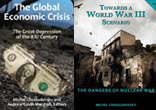

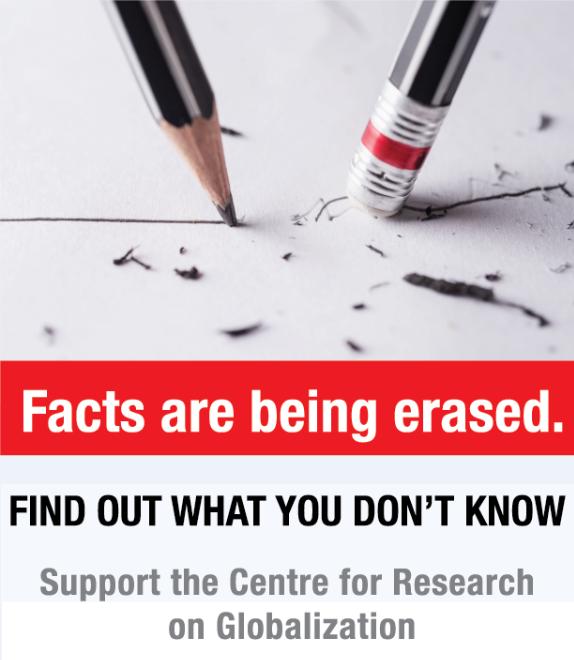
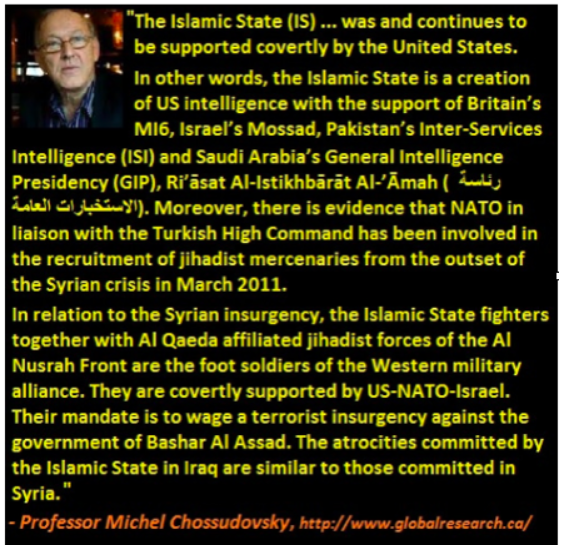

 Can you
Can you 






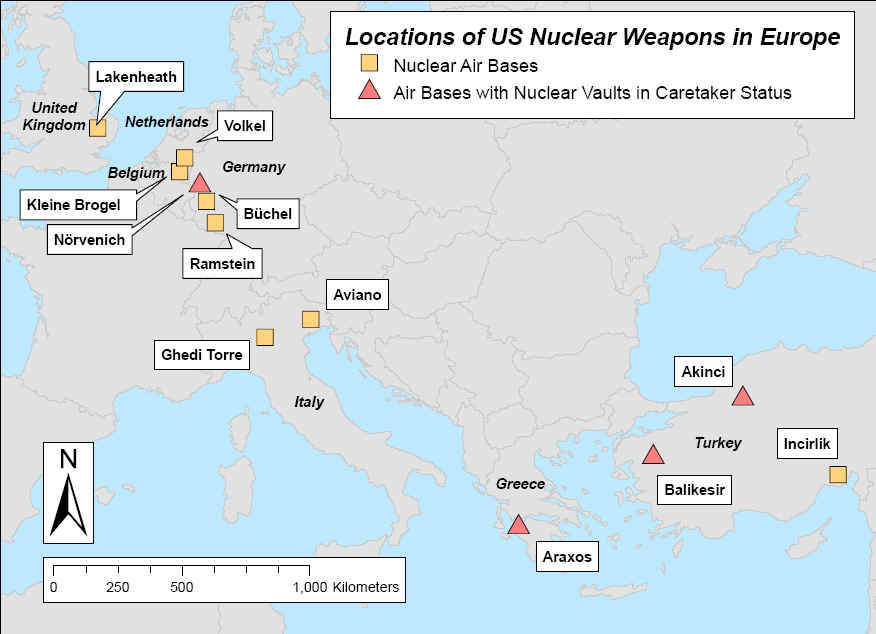



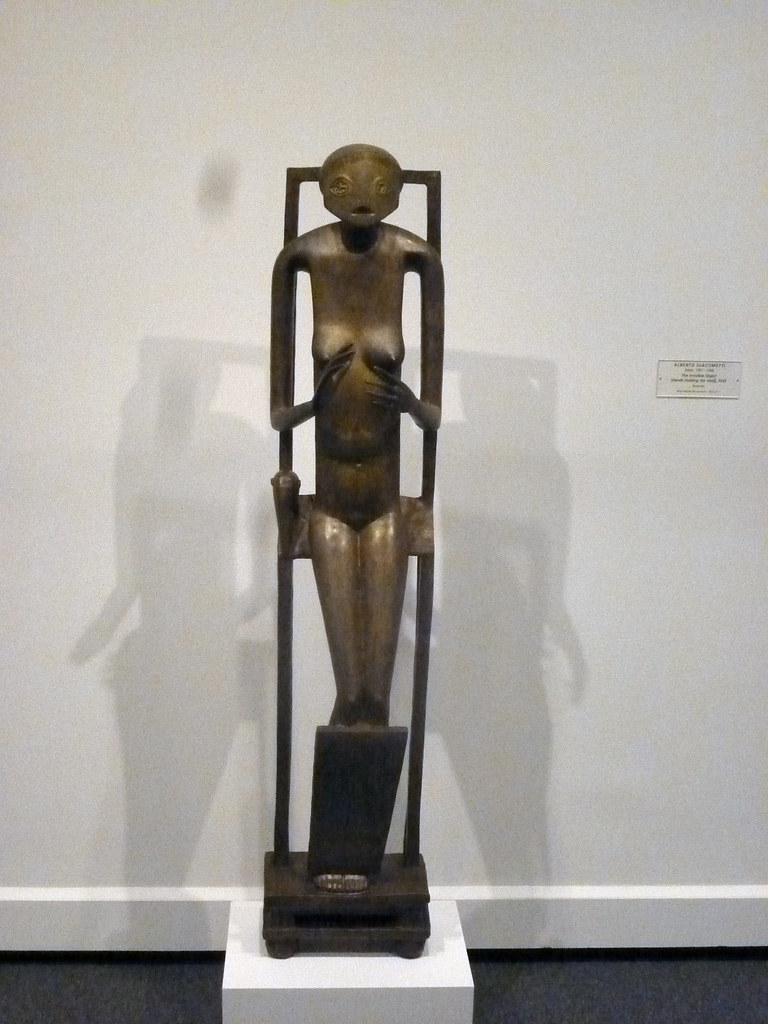


















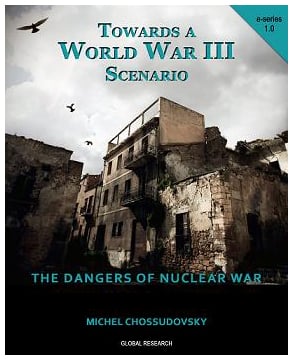






![Russia's Americans by [Stryker, Deena]](https://images-na.ssl-images-amazon.com/images/I/41NiSi%2BJS7L.jpg) More than ten thousand Americans are currenty living independently in Russia. What are some of the reasons for their choice and how has it affected their view of the wider world. Illustrated with many color photographs from the author’s on site experience.
More than ten thousand Americans are currenty living independently in Russia. What are some of the reasons for their choice and how has it affected their view of the wider world. Illustrated with many color photographs from the author’s on site experience.
